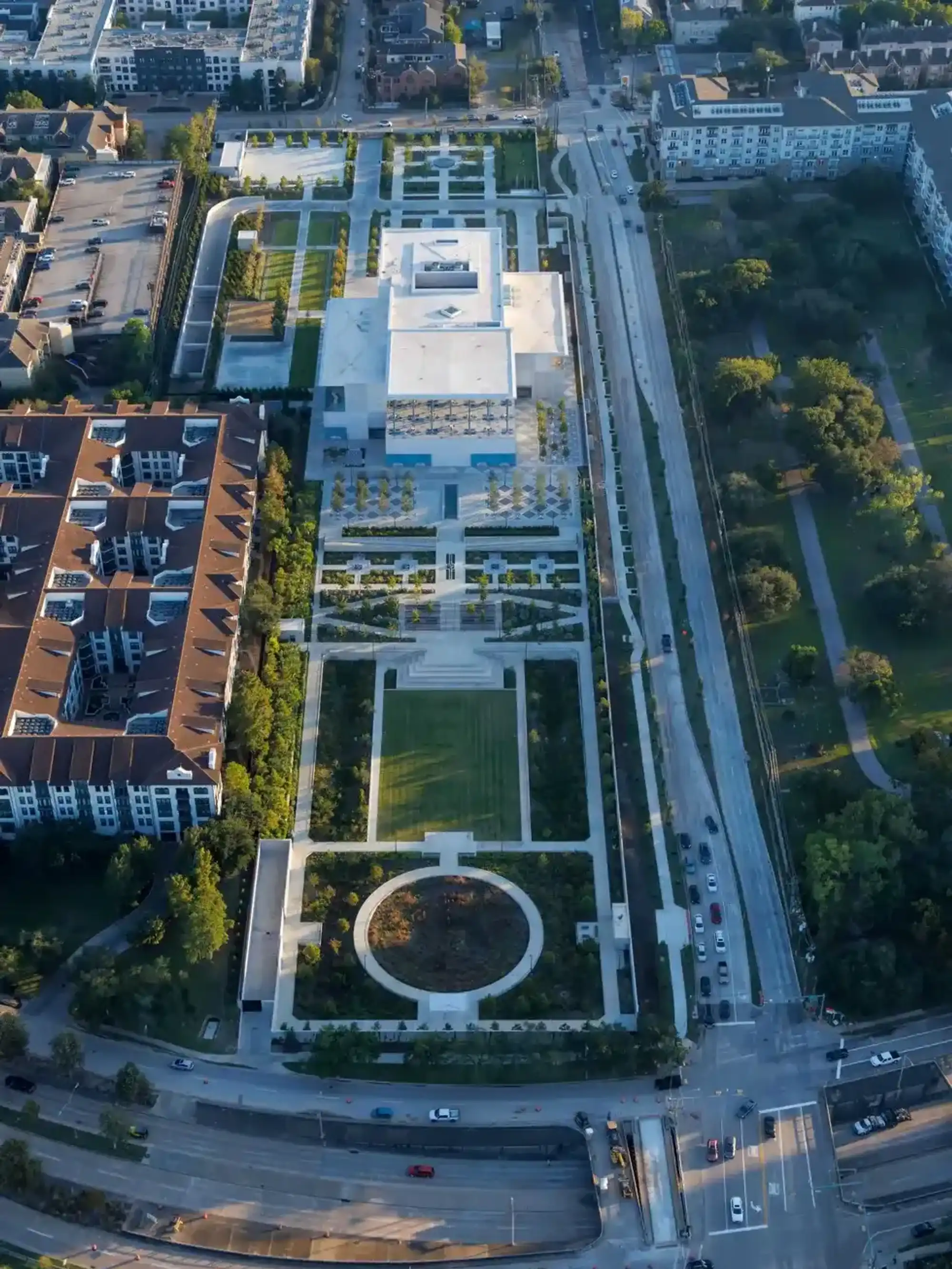When it comes to emergency preparation, Houston buildings need to focus on communication and compliance, says this expert
Guest column
Like most of us, I remember where I was when I learned that terrorists had crashed hijacked planes into the Twin Towers on September 11, 2001.
In addition to the high cost of civilian life, 412 firefighters, EMTs and police officers lost their lives — many the result of not receiving an order to evacuate. Many just did not get the order because the existing first responder radio system and private cellular services were too jammed with calls as a result of the emergency and as a result of damage to the buildings. We also saw the same lack of decent communications with law enforcement in the Mandalay Bay mass shooting in Las Vegas.
The lessons of the Twin Towers were not lost on the city of Houston and Harris County which require all new buildings to have a specially designed emergency responder radio system, or ERRS, installed which passes a rigorous testing procedure. Buildings over three stories, without a basement or over 50,000 square feet are not exempt but do not have to submit plans to the city. If the system is not designed properly, The city and county will not issue a certificate of occupancy. Repeated violations of an order to install an ERRS can result not only in fines and city tickets, but also in a referral to the district attorney's office to consider whether a felony level crime has occurred. It is not a trivial building code provision obviously.
Unfortunately, this ordinance is either not known or is not known well yet. I serve as the chairman of the Houston Tower Commission, am a former Houston council member and chairman of the Regulatory Affairs Committee, an attorney for almost 28 years, a law professor in legislation, and the owner of a professional design/build company involved in wireless electrical engineering and installation.
While I can't issue a formal advisory opinion on behalf of the city, on an industry level this is what businesses and commercial builders need to know:
- Every building is different, and the systems are not off the shelf or cheap.
- The publicly broadcast FirstNet signal, if being received throughout your building, does not exempt a building owner from compliance.
- Compliance is not entirely based on the equipment installed, but primarily on results. Each floor of a covered building is divided in to 20 grids and each grid is tested to see if the signal strength is 95 dBm. If more than two consecutive grids fail, then the floor is divided into 40 grids and if four consecutive grids fail, the system must be redesigned.
- The systems must be designed by an engineer utilizing iBwave software that should be submitted with your permit package. Again, these are not off the shelf products.
- Because the systems are designed to work when a building is on fire, most cabling must be done with a fire resistant conduit, fiber or even fireproof antennas in certain jurisdictions.
- Existing buildings are not required by code to install an ERRS unless they undergo a major renovation. However, a building owner can install one of the systems voluntarily.
It is the nature of the evolving world of wireless technology that our "smart buildings" of the future will be required to install technology of all sorts that allows for modern communications. Certain cities are already requiring new buildings to also install private wireless systems that allow you to use your private cell phone throughout your building. The correlation is clearly with sprinkler systems, the requirement for which is found in the same section of the fire code which requires an ERRS. Sprinkler systems were invented in 1872 but were not required by code until the 1960s. Amazingly, there are many cities that have not modernized their codes to require an ERRS in new buildings, including Dallas.
------
Rob Todd is the founder of Amplified Solutions and chair of the Tower Permit Commission for the city of Houston.











 Photo by Iwan Baan
Photo by Iwan Baan